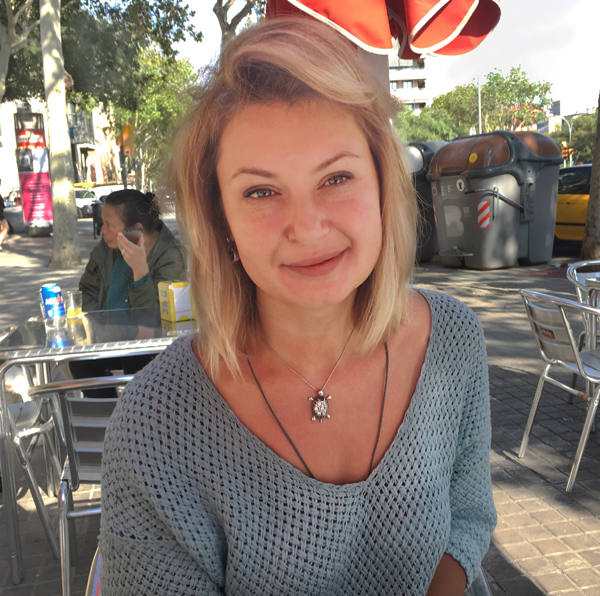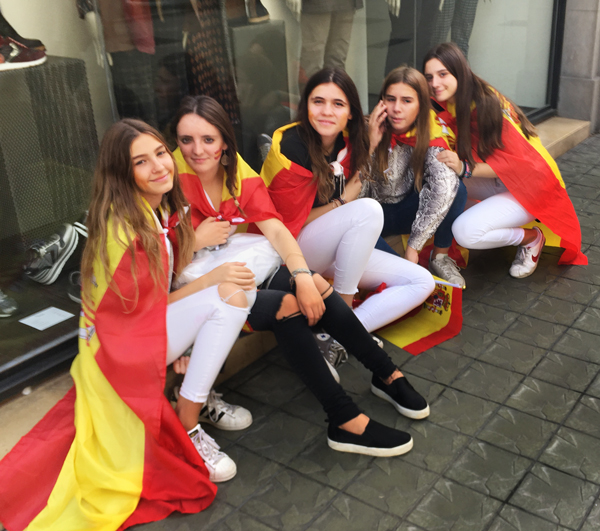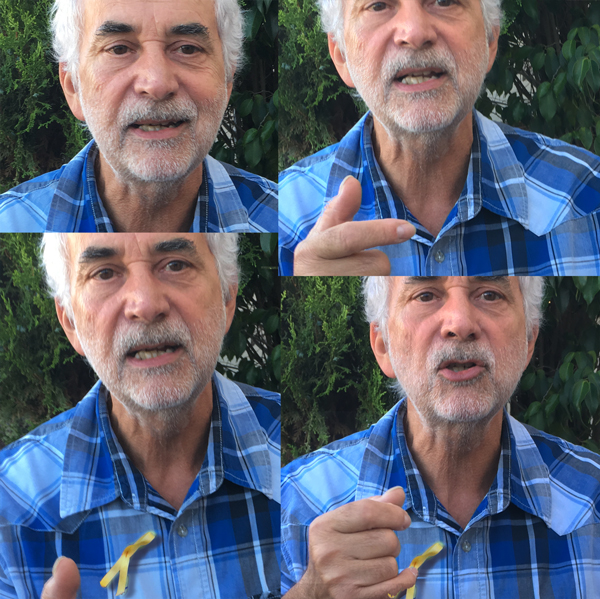A doctor in Barcelona
 Barcelona welcomes northern European students with open arms and a bit of envy.The visitors are tall and fair-haired and have light-colored eyes. They come alone and make connections quickly.
Barcelona welcomes northern European students with open arms and a bit of envy.The visitors are tall and fair-haired and have light-colored eyes. They come alone and make connections quickly.
Olga and I ran into each other at the counter of the no-frills cafe next to our school. I had assumed she was just another fugitive using Spanish classes as an excuse to spend a winter on the Mediterranean coast.
I was wrong on all counts.
Olga is a neurologist with a practice in Moscow. She explained that she combines acupuncture with conventional medicine, an approach more widely accepted in Russia than in the U.S.
She’s in Spain thanks to the ultra-prestigious Médico Interno Residente program built around international research and professional development at cutting-edge facilities. She juggles that training with an intensive Spanish curriculum.
Healthcare is a right in Russia. Services at state-financed hospitals and municipal out-patient clinics are available to everyone. Olga’s medical training was financed with public funding.
The care itself is of extremely high quality but time spent in waiting rooms can be frustrating. People with disposable income often choose additional private care.
Dr. Kokina works 49 hours a week and is on call every four days. Ongoing reforms in the healthcare system have led to lower pay and the stress of seeing more patients.
She lives in the suburbs of Moscow where she faces commutes by car as long as two-hours each way. In many ways she could be describing a physician’s fate in the big cities of our country.
Olga’s husband owns a service business. They have a child named Nikita. During a break I asked if — given the 2-hour time difference between Moscow and Barcelona — her Nikita might be out on the school playground while we were sharing coffee.
She paused and laughed. Her son, she said, happens to be a university student. Those students from northern Europe can fool you.![]()



